The Afghan rubab, often called the "lion of instruments," carries centuries of musical tradition in its resonant wooden body. Among luthiers and players alike, the treatment of the rubab's walnut wood body remains a subject of deep discussion, particularly when it comes to the ancient practice of oil immersion. This traditional method of wood conditioning goes far beyond simple preservation—it shapes the very voice of the instrument.
Walnut wood has been the material of choice for rubab makers for generations, prized for its density and tonal qualities. When freshly carved, the wood contains microscopic pores and channels that affect how vibrations travel through the instrument's body. Oil immersion fills these spaces, not just protecting the wood but fundamentally altering its acoustic properties. The process typically uses linseed oil, though some craftsmen swear by secret blends containing walnut oil, sesame oil, or even traces of beeswax.
In workshops across Kabul and Peshawar, the oil treatment begins after the rough carving but before final shaping and assembly. Artisans submerge the wooden components in heated oil for periods ranging from several days to weeks, depending on the thickness of the wood and the desired outcome. The heat causes the wood fibers to expand, allowing deeper penetration of the oil. As the wood cools and contracts, it retains this nourishing treatment within its very structure.
The effects on sound production are profound. Treated walnut develops a warmer, more rounded tone compared to untreated wood, with enhanced sustain in the mid-range frequencies that give the rubab its characteristic voice. Players often describe oil-treated instruments as having "matured" tones straight from the workshop, bypassing the years of playing typically needed to "open up" a new instrument's sound.
Beyond acoustics, the oil provides formidable protection against Afghanistan's extreme climate. The treatment helps stabilize the wood against temperature swings between scorching summers and freezing winters. In a land where indoor climate control remains rare, this natural weatherproofing allows rubabs to maintain their structural integrity and tuning stability across decades of use.
Traditionalists argue that modern synthetic finishes can't replicate the depth of oil immersion. Polyurethane and lacquer may seal the wood's surface, but they don't penetrate or nourish the fibers in the same way. Many believe these contemporary coatings actually dampen the instrument's vibration, resulting in a thinner, less complex sound. The oil treatment, by contrast, becomes part of the wood itself rather than sitting atop it.
The craftsmanship extends to the oil application process. Some rubab makers employ a "drying cave" technique, hanging oil-treated components in smoke-filled rooms where the combination of wood smoke and slow oxidation creates a unique patina. This doesn't just affect appearance—the smoke interacts with the oil to create subtle changes in the wood's density and resonance patterns.
Players of treated instruments report noticeable differences in playability. The oil seems to reduce the wood's internal friction, allowing fretted notes to ring clearer with less effort. The neck becomes smoother underhand, developing a worn-in feel immediately rather than after years of use. This break-in effect proves particularly valuable for professional musicians who can't afford an adjustment period with new instruments.
Maintenance of an oil-treated rubab follows different rules than modern-finished instruments. Rather than avoiding moisture, players periodically apply thin coats of the same oil blend to replenish the wood's supply. Over time, this builds a deep, glowing finish that reflects light differently than surface coatings—more like polished stone than shiny plastic.
The choice of oil blend varies by region and maker. Some workshops in Kabul's old city use oil aged in clay pots, believing time allows the oil to thicken and penetrate better. Others in the eastern provinces add minute amounts of local resins to increase viscosity. These small variations create identifiable regional characteristics in the instruments' voices—knowledgeable players can often identify a rubab's origin by its tone color.
Contemporary research has begun quantifying what traditional makers knew empirically. Spectroscopy shows oil molecules bonding with cellulose fibers at a microscopic level, while audio analysis confirms the broadened frequency response in treated wood. Yet science still can't fully explain why two rubabs from the same walnut tree, treated identically, might develop distinct voices—a mystery that keeps the art in this ancient science.
For players, the oil treatment makes the instrument feel alive in their hands. As temperature and humidity change, the oil-treated wood responds differently than sealed wood—expanding and contracting more gradually, with less risk of cracking. This creates a dynamic relationship between musician and instrument, where the rubab feels like an extension of the player's body rather than a static object.
The tradition faces challenges in an era of mass production. Commercial workshops sometimes skip the weeks-long oil treatment in favor of quicker finishing methods. Purists argue this sacrifices the soul of the instrument, producing rubabs that may look authentic but lack the depth and responsiveness of properly treated ones. As with many traditional crafts, the knowledge risks being lost to time and economic pressures.
Yet in master workshops, the old methods endure. Here, apprentices still learn to judge oil penetration by the changing sound of the wood when tapped, or by the subtle shifts in color as the treatment progresses. These craftsmen view the oil treatment not as a separate process but as integral to the rubab's birth—the point when shaped wood transforms into a living musical instrument.
Perhaps the most remarkable aspect lies in the treatment's longevity. Well-maintained oil-treated rubabs from the 19th century still perform beautifully today, their voices arguably richer than when first made. This stands as testament to a traditional technology that—unlike so many modern innovations—only improves with time, much like the music it helps create.

By /Jun 6, 2025

By /Jun 6, 2025

By /Jun 6, 2025
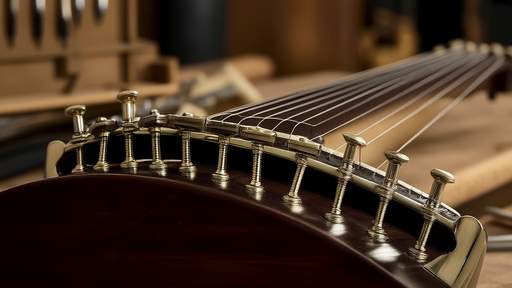
By /Jun 6, 2025
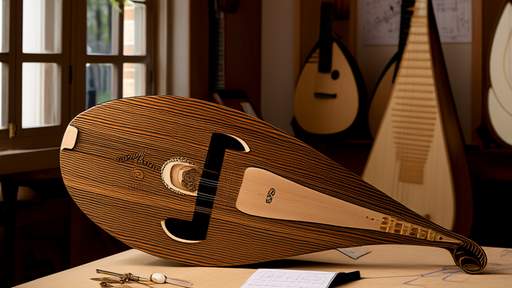
By /Jun 6, 2025
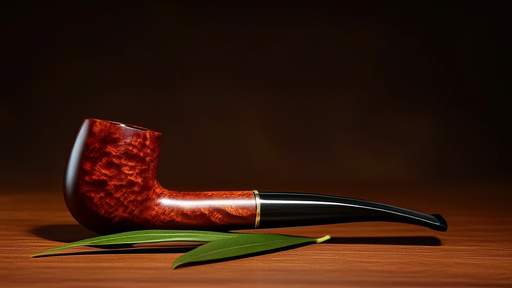
By /Jun 6, 2025
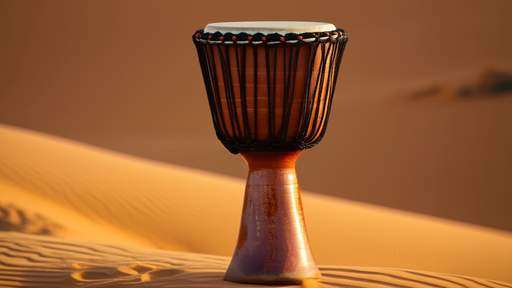
By /Jun 6, 2025

By /Jun 6, 2025

By /Jun 6, 2025

By /Jun 6, 2025

By /Jun 6, 2025

By /Jun 6, 2025
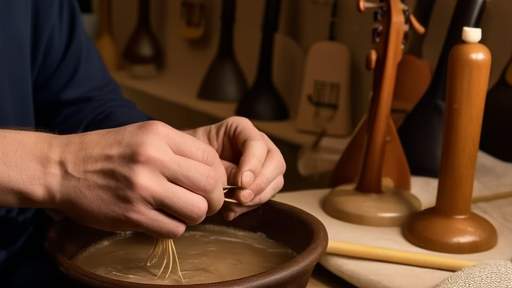
By /Jun 6, 2025

By /Jun 6, 2025
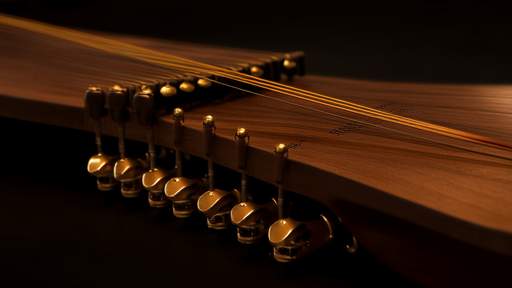
By /Jun 6, 2025
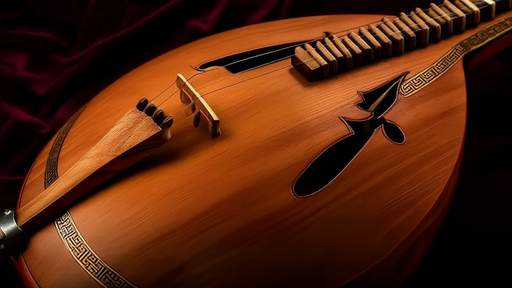
By /Jun 6, 2025

By /Jun 6, 2025
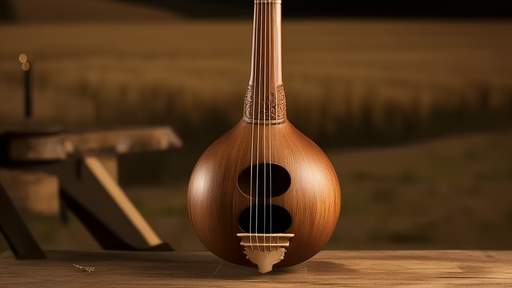
By /Jun 6, 2025

By /Jun 6, 2025
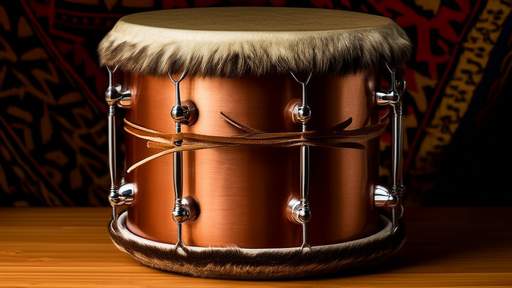
By /Jun 6, 2025